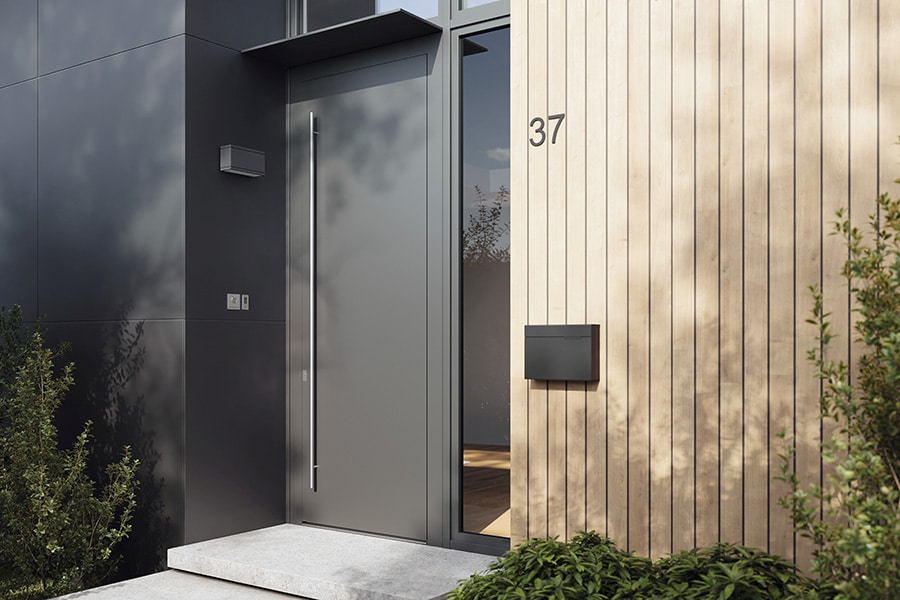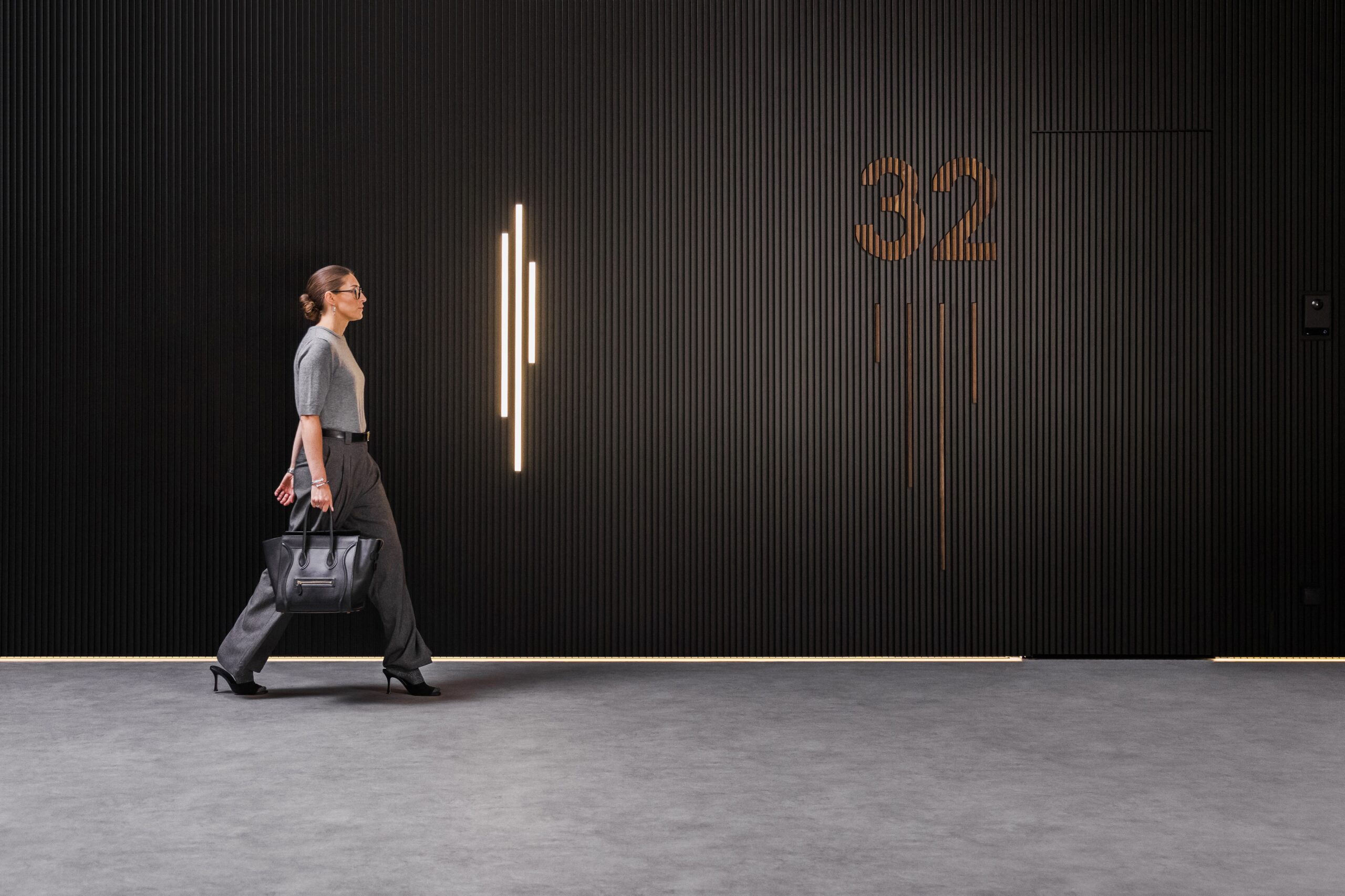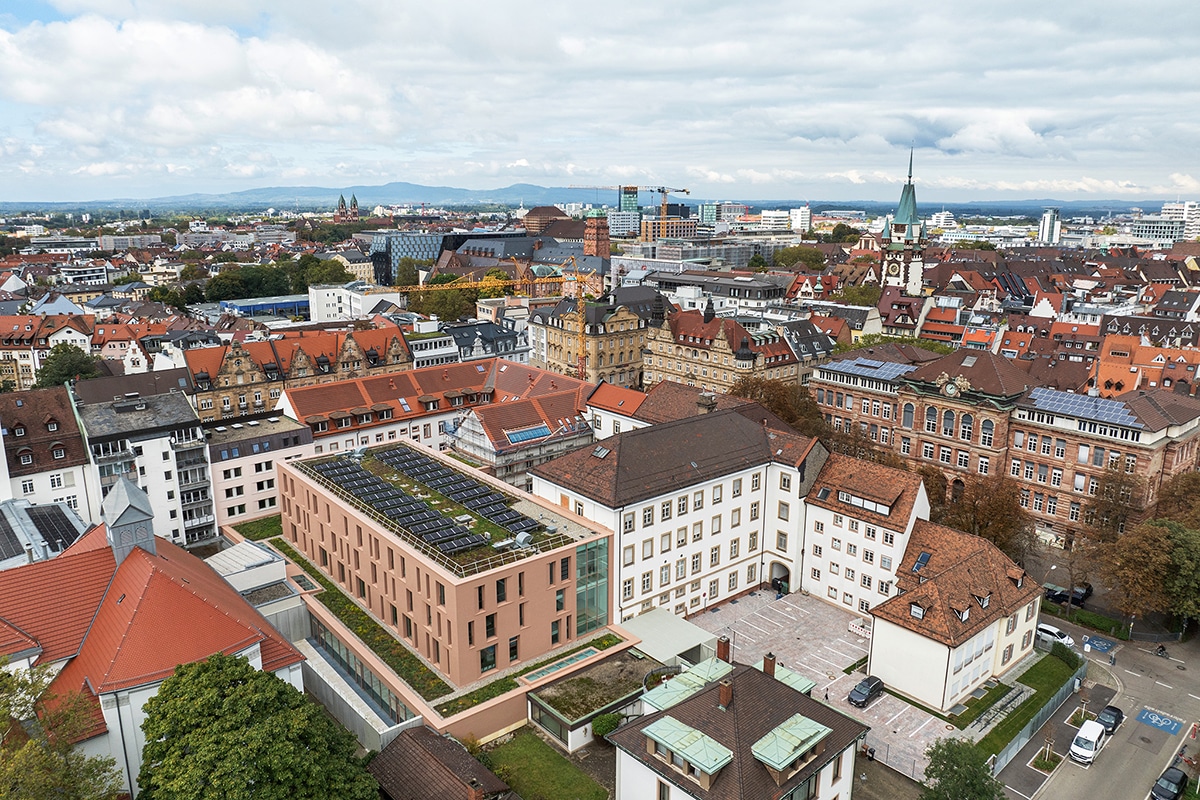
'Together we work to achieve optimal air sealing'
Especially not now that the requirements are evolving rapidly, due to the latest building techniques, comfort requirements and standards. The wholesaler in window, door and furniture fittings, tools, machinery, safety materials and hardware Lecot knows all about this. "In order to achieve a sound end product, in accordance with all wishes and requirements regarding sustainability, energy-efficiency and airtight construction, in addition to good products, sound advice and construction supervision are also indispensable," says commercial director Marcel Bontjer. "In cooperation with our product partners, we provide excellent interpretation of this."

One of these product partners is BelgaClima, a division of Belga Plastics. "BelgaClima was founded about ten years ago and focuses specifically on airtight and energy-efficient construction," says Luc Saey, business manager of Belga Plastics. "The company specializes in the development and supply of airtight materials, films, coatings and membranes for facade construction, roof construction and insulation. For several years we have had an exclusive partnership with Lecot in Belgium and we work closely with
Lecot Netherlands. A conscious choice, for example because of the extensive services and joint focus on sound assembly."
To achieve optimal air sealing in both new construction and renovation projects, in addition to high-quality products, proper guidance of window and door manufacturers, joiners and contractor parties is also important, Saey emphasizes. "Lecot responds to this with Optimont (optimal assembly). Moreover, the company has two in-house product specialists in Belgium and one product specialist in the Netherlands who know our airtightness products inside out. They are the point of contact for all Lecot employees and customers and are supported where necessary by our Structural Engineer and Specialist Airtightness Frank Putteneers."
Assembly Manual
"As a result of changing laws and regulations, the way windows and doors must be assembled is evolving," Bontjer says. "This requires more and more operations to be performed. In order to support both customers and installation companies in this, Lecot has written an Optimont manual. In this installation manual, all possible methods, tips and necessary products and tools for the Dutch and Belgian market are bundled and the most common situations are described. After all: the quality of the window (or door) does not suffice with optimal factory quality alone. Therefore, production, delivery and installation must be done properly. In accordance with the guidelines, customer requirements and right the first time.
The handbook is intended for all sectors (wood, aluminum, PVC) and is constantly being updated. "In addition to the various products, installation guidelines and possible finishes, protections and cleaning agents, the handbook also shares our knowledge around sustainable, airtight, low-energy and energy-neutral construction, right down to the application of electronic access solutions. We have also added some helpful tips."

Stricter requirements
In Belgium, an E-level was determined in 2006, which buildings must at least meet, Putteneers says. "In recent years, this E-level has become increasingly stringent. For example, in 2021 buildings must meet an E-level <30, which in European terms corresponds to a nearly energy-neutral building (BEN). To achieve this, optimal air sealing is indispensable. Not for nothing has it been mandatory since two years to have an airtightness test performed for every new building. With this test, window fitters in particular are tested for proper installation."
The Netherlands is also striving for nearly energy-neutral (BENG) and zero-in-the-meter buildings. Here, air sealing must meet a certain qv10 value. "In the coming years, this value will be tightened to <0.1," Putteneers knows. "Even this value is perfectly feasible, provided the right products are applied in the right way."
Perfect connection
The basic principle of airtight construction is to connect elements in the building envelope in such a way that no more air can escape through holes and cracks. When it comes to the installation of windows and doors, the Netherlands and Belgium have different methods for this. Lecot and BelgaClima offer products and installation instructions for both target markets, emphasizes Putteneers, who explains the main differences.
"Specifically for the Dutch market, a support structure is built with masonry frames. The insulation materials and masonry are then applied, after which the window frames are placed in the facade from the outside. In many cases upstand frames are chosen, whereby the connection of the structural frame and rubber of the upstand frame must be finished watertight. The air seal is on the inside, in the connection of the structural frame and stucco. Before the frame is delivered, a cover batten is applied all around."
A great example of a Dutch new construction project is De Zalmhaven in Rotterdam, where several BelgaClima air sealing products are being used. "In this project we have been involved from the design phase," said Putteneers. "Together with Byldis Facades BV, we inventoried the most suitable products for this project. We also made a prototype at the frame builder in Veldhoven, where the complete assembly was tested. This makes it easy to follow an assembly step-by-step plan on the construction site."

Upgrading of existing window frames
In addition to the installation of new window frames, the upgrading of existing window frames is popular in the Netherlands. For example, in social housing construction, where fittings, rubbers and glazing are replaced and ventilation options are added on behalf of corporations. As an example of such a renovation project, Putteneers cites the renovation of several residential towers commissioned by SKK Kozijnwacht. "In such projects, the apartments/homes are stripped and re-finished from the shell. After replacing the fittings and rubbers, a connection with an airtightness film is made around the frame. In addition, the connection from the structural frame to the stucco is sealed."
In a test phase, various films and possible liquid seals from BelgaClima will be applied. "A blower door test is also carried out to test the airtightness, on the basis of which further optimizations are made where necessary. Then the total approach including cost of materials is offered to the housing corporation, which has to make a decision about it. This process can take several months. During this period, we provide not only a price guarantee, but also a system guarantee."
Popular products
In Belgium, mainly connection films are placed from the window to the load-bearing masonry, after which a thick stucco finishing coat is applied. "In the Netherlands, on the other hand, sand-lime brick is often chosen as the load-bearing masonry," Putteneers said. "The sand-lime brick is finished with a thin film layer, which has implications for the method of sealing. Instead of films and adhesives, self-adhesive airtightness films, which are considerably thinner, are often chosen here. BelgaClima supplies, for example, the airtight, self-adhesive and vapor-inhibiting Belgafoil for this purpose.SA-L IN (interior sealing) and BelgafoilSA-L OUT (exterior sealing) plaster connection films in combination with a liquid sealant. For example, a water-based
and fiber-reinforced polymer paste (BelgacoatBRUSH) or liquid rubber coating (BelgacoatLR)."
Also in Belgium, the BelgafoilSA-L IN popular. "In addition, an airtight, self-adhesive and moisture-controlled Belgafoil is mostly used here," he says.SA-L plaster connection film and a 100% moisture-resistant, storm-resistant and self-adhesive Belgastormblocker window connection film. The storm blocker is used in particular as an alternative to EPDM. This is because EPDM cannot be plastered over. Moreover, the material must be applied with an adhesive paste, which makes installation and detailing in the corners cumbersome. Belgastormblocker overcomes these disadvantages, allowing faster and more precise work and raising the impact rainproofing and UV stability to the highest level - if applied properly."



